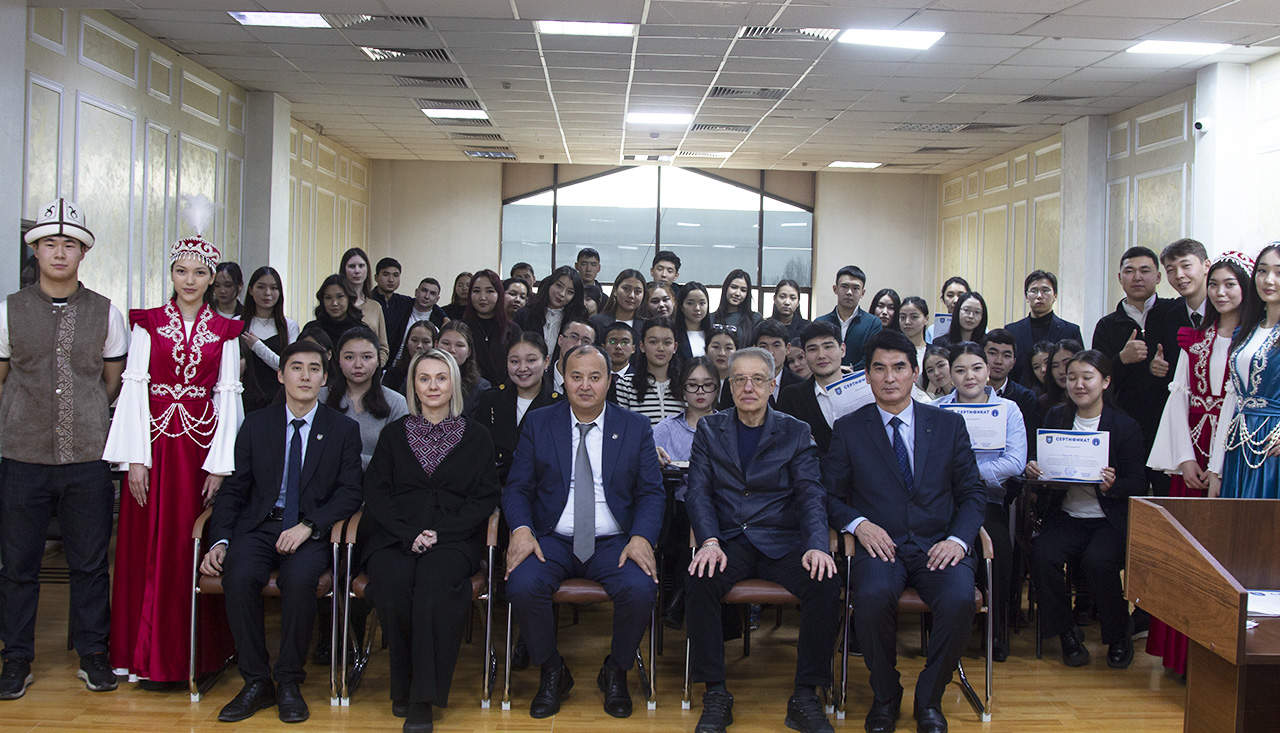
Tolganay Temirgalieva, a doctoral student at Al-Farabi KazNU, a researcher at the Institute of Combustion Problems, creates supercapacitors - new generation batteries. In the manufacture of lithium batteries, rare earth, reactive metals are used that are toxic during use and disposal.
The advantage of such batteries is a long life cycle: up to 1 million charge-discharges versus 3 thousand for lithium ones. In addition, supercapacitors are dozens of times lighter than traditional ones and release a charge very quickly: a mobile phone can be fully charged in just seconds.
- I am working on batteries based on activated carbon, obtained from natural waste - rice husks, apricot pits and walnut shells, as well as on the basis of carbon nanotubes. In lithium batteries, energy is stored through chemical reactions. Supercapacitors based on carbon materials store energy due to their porous structure. The activated carbon obtained by us has a very high specific capacity - 1 gram of substance can be distributed in the thinnest layer over an area of 3 thousand square meters. m, - explains Tolganay.
Supercapacitors have less energy stored in 1 kg of the device than in a lithium battery. Energy capacity is increased due to nanotechnology. “Tolganai uses nanotubes instead of polymers used in lithium batteries. This is the uniqueness of her work, ”says Mukhtar Eleuov, a colleague of the inventor from the Institute of Combustion Problems.
The nanotubes were developed at Waseda University (Tokyo) under the guidance of Professor Suguru Noda. The Japanese have also created and are already selling carbon-based electrodes. But their material "Kurarai" has a capacity of 120 farads, and the materials of Tolganay - 180-200 farads per gram. Therefore, the Japanese professor began to cooperate with a scientist from Kazakhstan: from them - nanotubes, from us - coal from waste. “Using materials based on rice hulls and apricot kernels, it achieved good performance comparable to commercial activated carbon,” comments Professor Noda.
So far, the development of Tolganai can be used for electric vehicles. When the volumes of supercapacitors are "compressed" to the size of batteries for portable devices, the scope of their application will significantly expand.
Kairzhan TUREZHANOV
